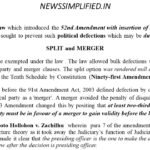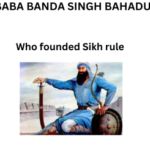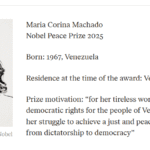Hanuman Garhi Besan laddoos secured a Geographical Indication tag

The famed besan ladoos from Hanuman Garhi have secured a Geographical Indication (GI) tag. The GI tag not only acknowledges the ladoos’ roots but also supports the cultural heritage and economic interests of local producers.
Under Articles 1 (2) and 10 of the Paris Convention for the Protection of Industrial Property, geographical indications are covered as an element of Intellectual Property Rights. They are also covered under Articles 22-24 of the Trade Related Aspects of Intellectual Property Rights (TRIPS) Agreement.
LEARNING FROM HOME/WITHOUT CLASSES/BASICS
A Geographical Indication is a sign, or tag that can be issued for agricultural, natural, or manufactured goods, products that have a specific geographical origin and possess qualities or a reputation or other characteristics that are due to that origin. A GI registration gives the registered proprietor and authorized users the legal right to the exclusive use of the GI, and no unauthorized person can use the tag.
Some of the examples of GI are Mysore Silk, Mysore Agarbathi, Kancheepuram Silk, Orissa Ikat, Channapatna Toys & Dolls, and Coimbatore Wet Grinder.
Products sold with the GI tag get premium pricing; It boosts exports; The poor farmers/artisans from the given region have to face less competition from fake guys selling bogus products. Right is enjoyed by a community/association of producers=community right. Under WTO– Trade-related Intellectual property rights (TRIPS), the Member nations have to respect geographical indications.
A GI is different from a trade mark. A Trademark generally refers to a “brand” or “logo obtained for a business name, distinctive catchphrases, taglines, or captions.
The product comes from a particular enterprise/company, and Right is enjoyed by only one
person/company=individual right. Can be goods (mobile, PC etc) or services (e.g.music, spa, etc.). A trademark can last forever, so long as the owner continues to use the mark in commerce to indicate the source of goods and services. Identifies and distinguishes the source of the goods of one party from those of others
A patent is a limited-duration property right or instrument of monopoly relating to an invention, in exchange for public disclosure of the invention. Patentable materials include machines, manufactured articles, industrial processes, and chemical compositions. A patent gave rights To Exclude Others from Practicing ones Invention; It Does Not Give The Right To Use ones Invention.
A copyright protects works of authorship; songs, books, movies, and works of art that have been tangibly expressed in a physical form.






0 Comments